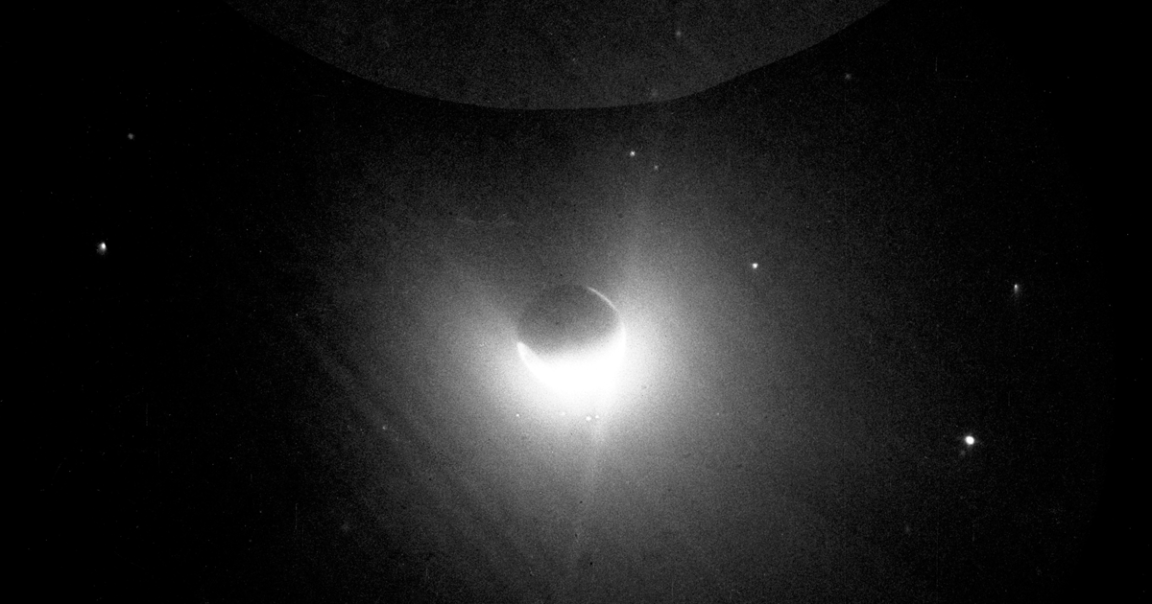
The Geocorona
A light layer of hydrogen atoms called the geocorona separates Earth’s atmosphere from outer space. And it extends far beyond Earth — much farther than previously believed.
Data collected by NASA and the European space agency’s Solar and Heliospheric Observatory (SOHO), a spacecraft that launched in 1995 to study the Sun, suggests that this gaseous layer extends up to 391,000 miles (630,000 km) from Earth — which, strikingly, is 50 times Earth’s diameter and almost twice the distance to the Moon.
Water Vapor
And that’s a big deal, because planets with traces of hydrogen in their atmospheres have a much higher chance of containing water on the surface.
“This is especially interesting when looking for planets with potential reservoirs of water beyond our Solar System,” explained Jean-Loup Bertaux, co-author of the paper on the new research and former principal investigator at ESA, in an official press release.
Empty Space
Unfortunately, those extra hydrogen atoms won’t be particularly useful for future missions to the Moon.
“On Earth we would call it vacuum, so this extra source of hydrogen is not significant enough to facilitate space exploration,” said Igor Baliukin of Russia’s Space Research Institute and lead author of the paper.
But they could make future astronomical observations more accurate by allowing astronomers to take the hydrogen atoms and their associated ultraviolet wavelengths into account.
The revelation symbolizes a big win for the SOHO team. “This discovery highlights the value of data collected over 20 years ago and the exceptional performance of SOHO,” said Bernhard Fleck, SOHO project scientist at ESA.
READ MORE: Earth’s atmosphere stretches out to the Moon — and beyond [ESA]
More on Earth’s atmosphere: The European Space Agency’s New Ion Thruster “Breathes” Air